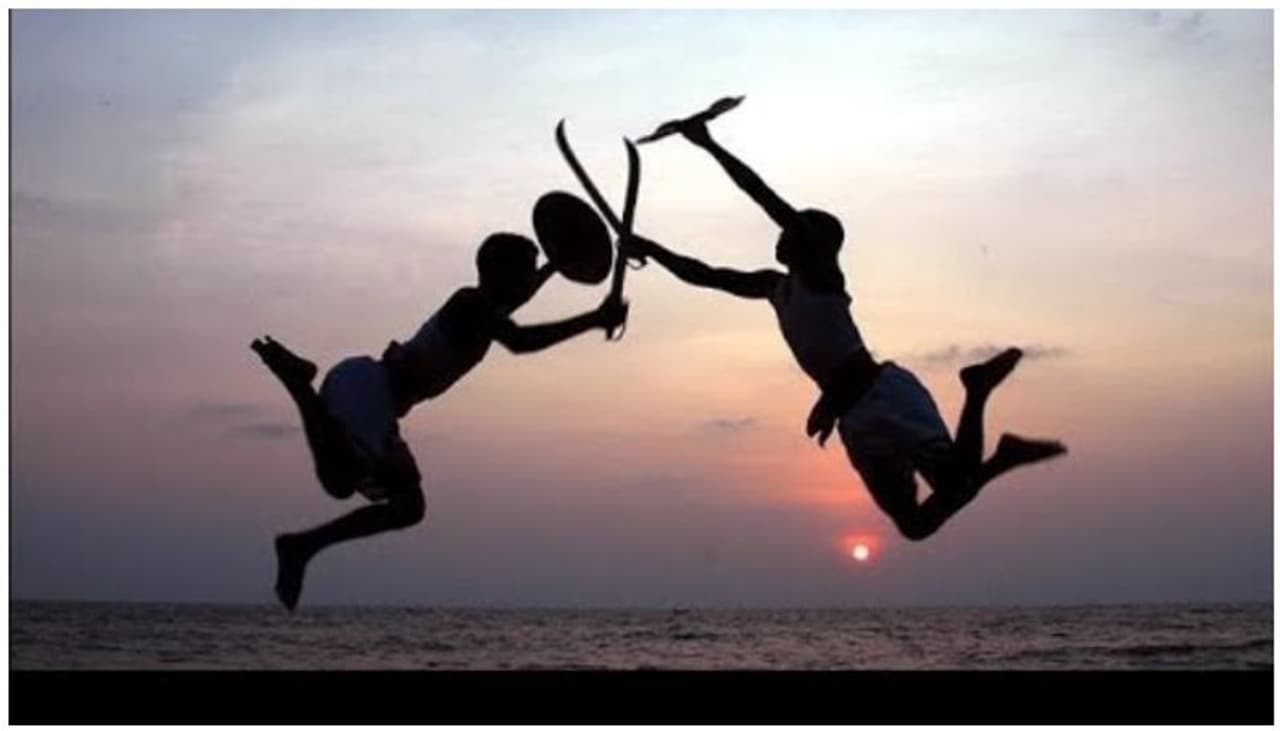Kalaripayattu: The traditional Martial Art that defines Kerala’s warrior spirit
Kalaripayattu is more than just a fighting technique; it is a deeply ingrained cultural treasure of Kerala. With its increasing global appeal, this martial art continues to inspire and evolve while staying rooted in its rich traditions.

What is Kalaripayattu?
Kalaripayattu, often referred to as the mother of all martial arts, is a traditional combat system that originated in Kerala over 3,000 years ago. Known for its fluid movements, weapon training, and connection to Ayurveda, Kalaripayattu is more than just a martial art—it is a way of life that embodies discipline, agility, and spiritual growth.

Origins and History
Believed to have been developed by ancient warriors, Kalaripayattu was used for self-defense and warfare.
It is said to have influenced martial arts forms like Kung Fu, as Buddhist monks carried its teachings to China.
The practice was once banned during British rule but has seen a strong revival in modern times.
Training and Techniques
Training begins at a Kalari (practice arena), which is considered sacred.
Students learn body conditioning, strikes, kicks, and acrobatics before progressing to weapons.
Advanced levels involve training with swords, shields, spears, and flexible whips.
Healing and Ayurveda connection
Kalaripayattu incorporates Marma therapy, a healing technique that targets vital energy points in the body.
Practitioners often learn Ayurvedic massage techniques to recover from injuries and improve flexibility.
Modern Revival & Influence
Kalaripayattu has gained international recognition and is now performed in movies, dance forms, and fitness routines.
Bollywood and Mollywood action scenes, including those in movies like "Asoka" and "Omkara," showcase Kalaripayattu moves.
Many celebrities and fitness enthusiasts embrace it for its strength-building and agility benefits.
Stay updated with the Breaking News Today and Latest News from across India and around the world. Get real-time updates, in-depth analysis, and comprehensive coverage of India News, World News, Indian Defence News, Kerala News, and Karnataka News. From politics to current affairs, follow every major story as it unfolds. Download the Asianet News Official App to stay informed anytime, anywhere.